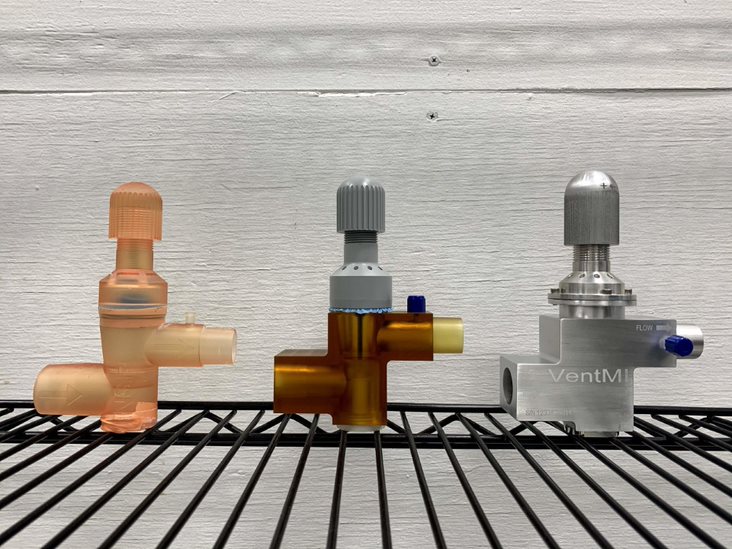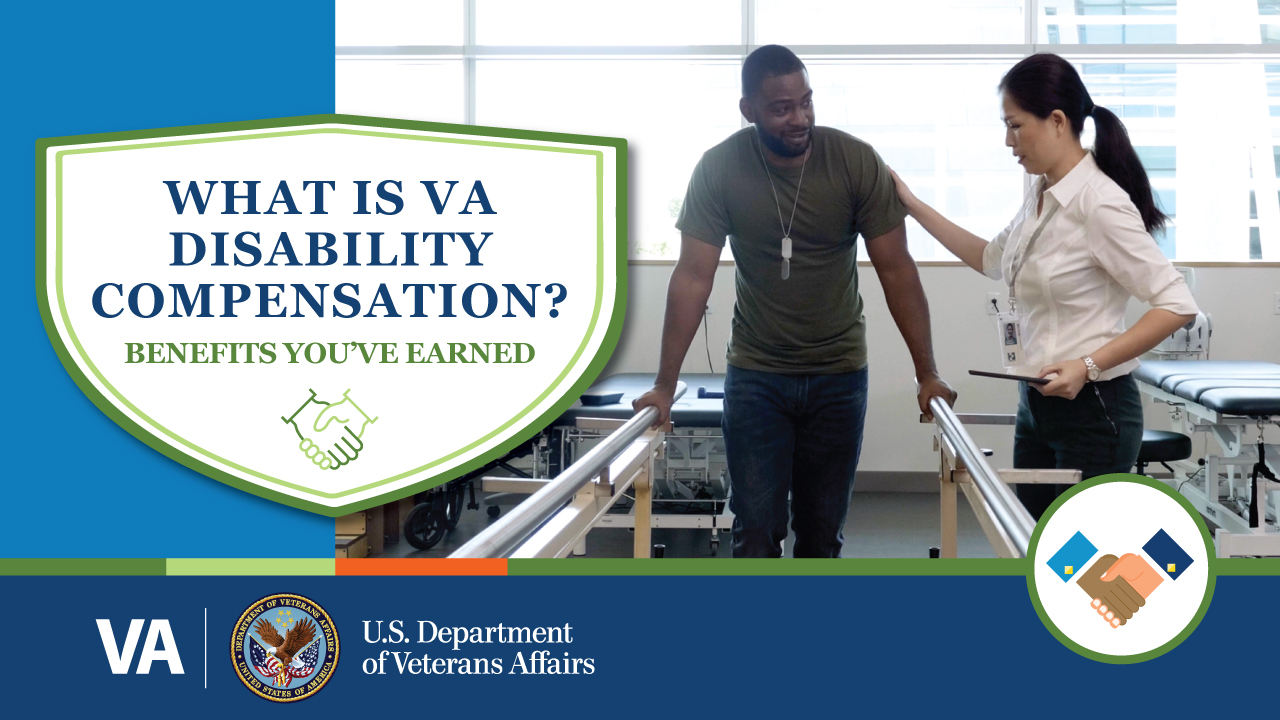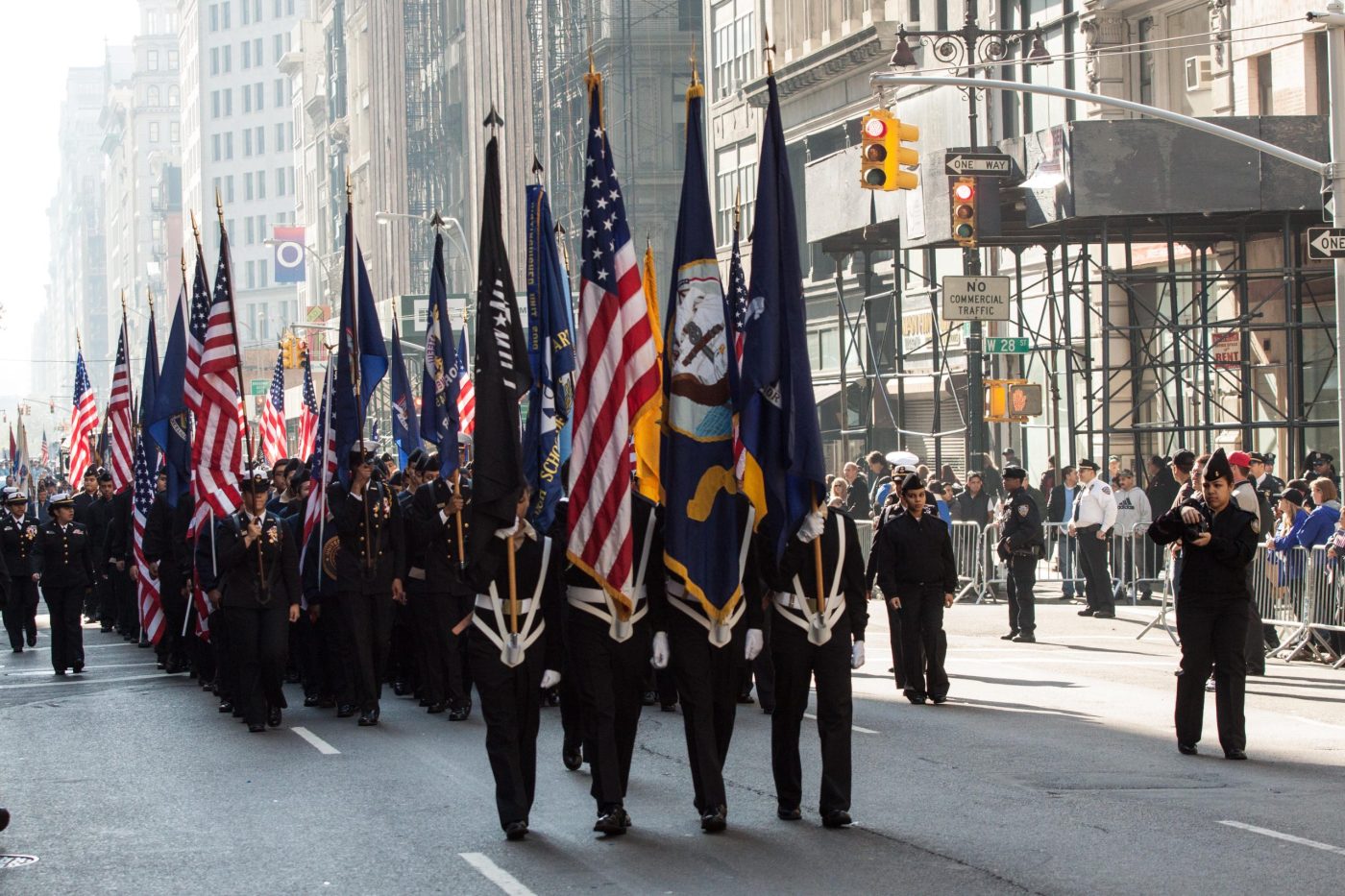Ear, nose, and throat surgeon Dr. Kyle VanKoevering is doing his part to help Veterans and others who fall ill with COVID-19. Working together with a team at the University of Michigan, he developed a new device that will allow two patients with different needs to safely use the same ventilator.
As the scope of the COVID-19 pandemic came into focus, VanKoevering and his colleagues worried that not all hospitals would be able to provide ventilators for the sickest patients. They also knew that using a simple “vent-splitter,” a Y-shaped adaptor that allows medical staff to deliver pressurized oxygen from one ventilator to two patients, had significant limitations.
“The problem is that for patients to share a ventilator using a currently available vent-splitter, they must have the same ventilator needs,” said VanKoevering, according to the University of Michigan Health Lab. “Otherwise one person may receive excessive volume or pressure on their lungs, which can cause lung trauma.”
His solution was to invent a device that would allow physicians to customize air pressure settings for patients using a single ventilator, based on the size and elasticity of their lungs and their ventilatory needs.
Device similar to regulator used in scuba diving
The device is similar to a regulator that is found on air tanks used for scuba diving. The invention, VentMI (Ventilate Multiple Individuals), consists of a two-chamber valve system that has a variable spring tension control which allows physicians to adjust pressures for each patient independently.
VanKoevering’s invention also uses one-way valves to reduce the chance of cross contamination between patients. It attaches to most modern mechanical ventilators, is easy to set up, and requires minimal training for medical staff.
VanKoevering is a physician at the VA Ann Arbor Healthcare System and a clinical assistant professor at the University of Michigan. He is also an associate faculty member in the Department of Biomedical Engineering at the university. He is well-versed in using 3D printing for surgical applications, like printing a pre-surgical model of a patient’s cleft palate.
VanKoevering first approached his colleague and business partner, pediatric otolaryngologist Dr. Glenn Green at the University of Michigan, with his idea. The two worked together to draw up specifications for their invention and then created a prototype.
3D printing used for prototype
Prior to the pandemic, the two physicians had partnered with two other innovators: Dr. David Zopf, a head and neck surgeon at the University of Michigan, and Owen Tien, founder of Thingsmiths, a retail 3D printing company. Together, they set up a company, MakeMedical, LLC, to develop and market medical simulators produced through 3D printing.
The VentMI was a natural fit. Once the team had developed a prototype through 3D printing, they partnered with Grand Rapids-based Autocam Medical to create the final product, which is made of medical-grade aluminum.
“We have a team that prides itself on being able to move quickly on concepts and then manufacturing through our use of 3D printing, beating corporations with hundreds of millions of dollars,” said Green, according to USA Today and the Detroit Free Press.
VA program helps move invention toward deployment
Bringing cutting-edge research and innovations quickly to clinical practice is a primary goal for the VA Office of Research and Development.
The VA Technology Transfer Program (TTP), part of ORD, helps commercialize VA inventions to benefit Veterans and other Americans. Often, inventors hold a dual appointment within VA and an academic affiliate, such as VanKoevering’s with the University of Michigan. TTP works closely with affiliate partners across the country to bring promising VA inventions to market.
In the case of VentMI, TTP was collaborating with the Office of Technology Transfer at the University of Michigan to help VanKoevering’s team pave the way for the rapid deployment of their product. It recently received an Emergency Use Authorization from the FDA. That status allows certain medical devices to be made broadly available during a public health emergency.
More Information
Click here to read the full article.
Click here to learn more about VA research.
Topics in this story
More Stories
Many Veterans may not be aware of life-changing benefits they’ve […]
VA and the Veterans Day National Committee (VDNC) encourages cities, towns and non-profit groups to apply to hold VA-recognized regional Veterans Day observances. Here's how to apply.
Since its launch 20 years ago, Togetherweserved.com (TWS), the leading online community of U.S. Veterans, has provided its 2.3 million members the special opportunity to not only reconnect with the people they served with, but to also preserve a detailed record of their military service, including unlimited photographs. This is so their families and future generations will know what they did serving our country.







Since ‘Life Support’ Ventilators damage the fragile inflamed lungs in COVID-19 patients and require them to be put into a coma, Why not create a mask that lets COVID-19 patients use their own (gentler) biPap machine and sterilizes the exhaled air? BiPaps have not been used so far since they vent out into the room, endangering healthcare workers and caretakers.